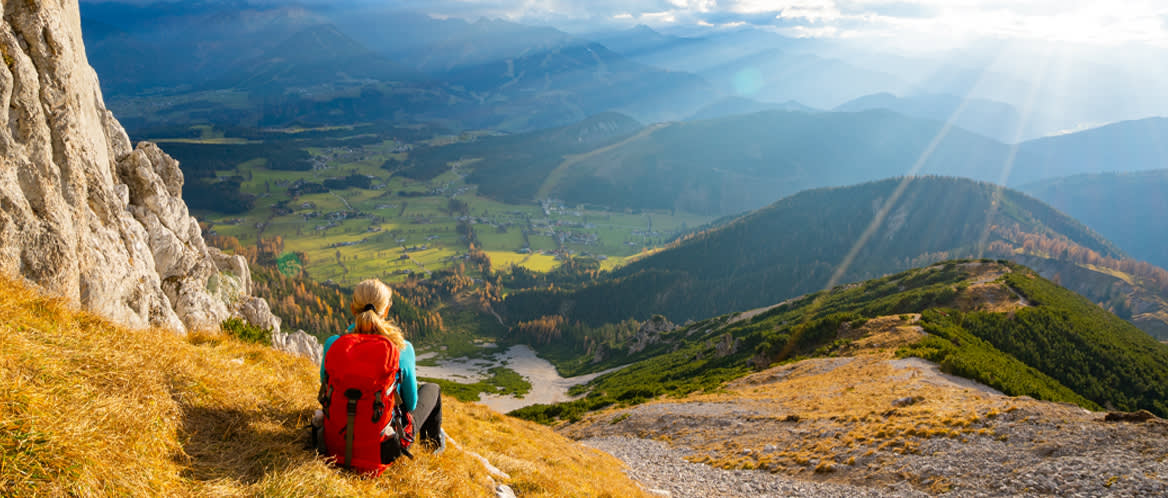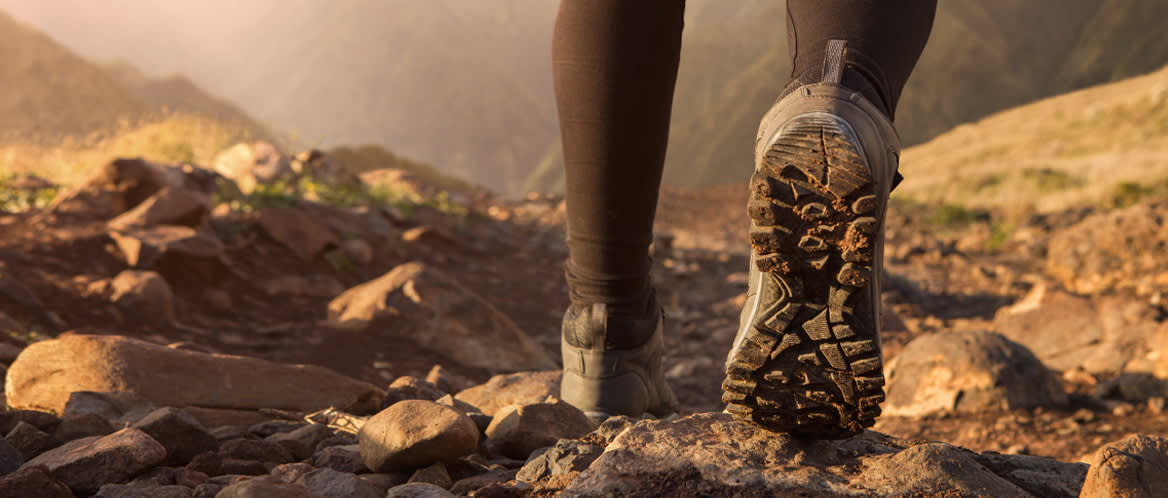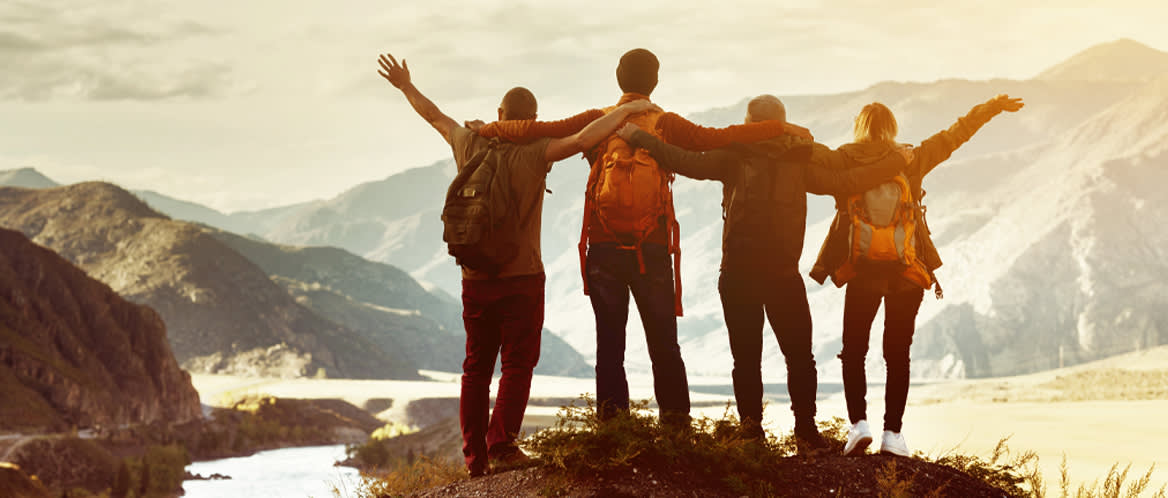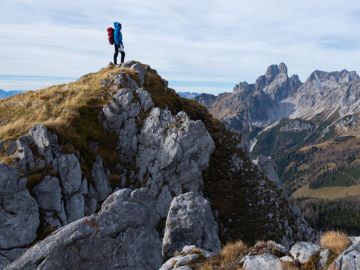Read time – 4 minutes
From the peaks of Kilimanjaro to the deserts of Petra and beyond, some places in this world are truly worth the hike, and trekking tours are an amazing way to experience a landscape on your own two feet. In preparation for a trek, preparing those feet, legs, and the rest of you is important to ensure that you are ready to enjoy the walk free of blisters, sore feet, and other distractions. Our experts have some tips and tricks to make sure you have the best trip ever.

Know what you are signing up for
The first step in preparing for any walking journey is knowing where you are going, the distance you’ll be traveling each day, how strenuous the terrain is, the climate of your destination, and how much you will be carrying with you. Knowing this information sets you up for a hike free of surprises, and lets you plan, train, and equip yourself for your adventure in advance.
For each of our walking and trekking holiday departures, we’ve prepared a detailed set of notes including everything you need to know about the itinerary, accommodation, weather, and activities for your trip. These notes include packing lists and activity level ratings, as well as detailed information about the distance and altitude of each day’s walk—practical information that is endlessly helpful. Find this information on each trip’s site, and carefully review it as a starting point for your preparation.

Get comfortable, sturdy boots
Perhaps the most important part of your trekking kit, proper boots are essential for a walking or trekking vacation. These boots can vary widely in terms of cut, design, materials, and support levels, and choosing the pair that is right for both your foot and for the terrain of your trek is an important and personal process. Look for ankle support, sturdy soles, water resistance, and a fit that is snug throughout the foot while still allowing you to wiggle your toes.
Experts suggest doing your hiking boot shopping in the afternoon or evening, when your feet are swollen from the day, and wearing the hiking socks you plan to wear on the trail. These socks are another essential part of your trekking kit, and wearing them while fitting your boots will ensure the two work in harmony to create a comfortable trekking experience.
When picking out and trying on your boots, rely on the expertise of your boot fitter to guide the process. Be honest with them (and yourself!) about any pinches, bumps, rubbing, tightness, or discomfort. What you notice on your walk around the store will be amplified a thousandfold by about mile eighteen of your second day on the trail, so don’t be shy about speaking up about everything you notice.
Once you’ve settled on a pair of boots and brought them home with you, it’s time to break them in. Wear your boots as you train, wear them for local walks, short hikes, and your everyday routine as you break them in for your trip.

Physical preparation
Fitness is an important part of preparing for a trek. Depending on the activity rating of your walking vacation, the training required can range from just getting outdoors and walking your local trails for extended periods to a more rigorous training plan. Whichever the case may be, include cardio and leg strengthening exercises in your training regimen as a way to acclimate your body to the rigors of the trail. To increase your stamina and endurance, try taking the stairs whenever possible, and walk any and all local trails of similar lengths, altitudes, and terrain. For more tips, and a training plan for various grades of treks, checkout Exodus’ Walking & Hiking Fitness Guide.

Pack your kit
To pack efficiently and effectively for your trip, think about all you know about your destination. Consider the climate and activities as you pack your clothing, making sure to include a durable, waterproof jacket, and lightweight, moisture-wicking activewear for your trek days while also including layers for cooler mornings and evenings. If the terrain of the trip includes hills or rockier areas, walking poles are recommended for stability and balance. Hydration is an important part of a hike. Bring a reusable water bottle or a camel-style hydration pack to ensure you have access to water when you need it on the trail.
While packing, check-in on whether you will be toting your own pack or having it portered for you. If you’ll be carrying it yourself, incorporate your filled pack into your physical preparations by wearing it while conditioning and training. By getting used to carrying the extra weight, you’ll be in the best health for your trip.
Wherever your trekking holiday takes you, taking the steps to prepare, dress, and pack accordingly will make sure that nothing gets in the way of making it the best trip ever. Where will you hike to next?
